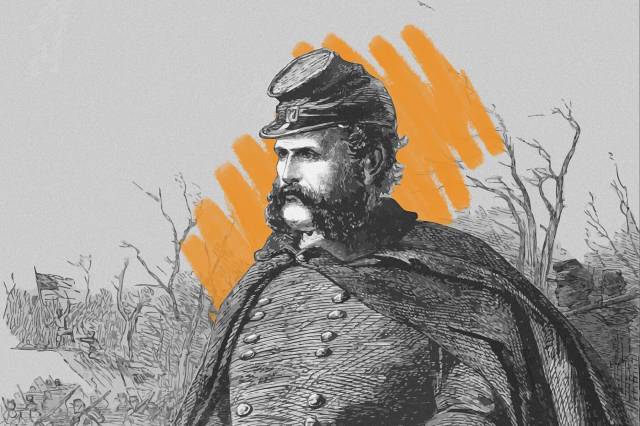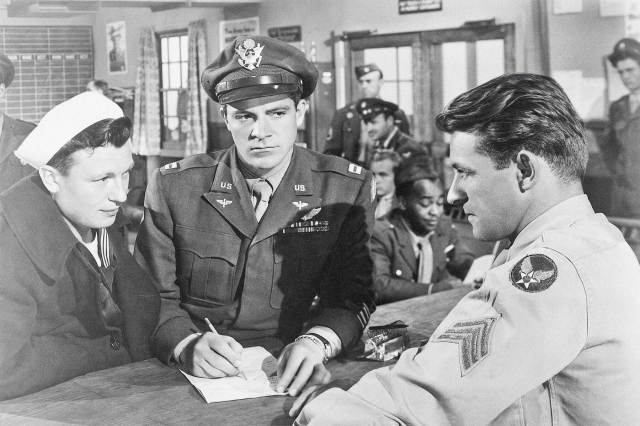 |
Sideburns are named after a Union general in the Civil War. |
U.S. History |
 |
| |
| By all accounts, including his own, Burnside was a terrible general. He was appointed to a post as Commander of the Army of the Potomac in spite of his own protests, and his time in the role proved disastrous. He led the Union Army to a devastating defeat in the Battle of Fredericksburg in 1862, as well as a second failed Fredericksburg offensive campaign known unflatteringly as the "Mud March." Shortly thereafter, he was relieved of command. But while his military career didn't exactly make history, Burnside managed to earn lasting fame for his facial hair — a distinct variation on muttonchop whiskers. As early as 1866, newspapers began referring to the general's signature facial hair as "Burnside whiskers," and the term evolved over time into just "sideburns." | |
| While the name now refers to any simple strip of hair grown down the side of the face, the original sideburns sported by General Burnside were a bit more elaborate: The look consisted of thick, bushy whiskers that joined in a luxurious mustache above a clean-shaven chin. That style eventually fell out of fashion (though perhaps some brave tastemaker will bring it back), but Burnside's legacy lives on in the form of the more modest, trimmed sideburns that are still seen today. | |
 | |
 | |||||||||
By the Numbers | |||||||||
| |||||||||
| |||||||||
 | |||||||||
| |||||||||
Ambrose Burnside was left at the altar by a future Confederate spy. | |||||||||
| In 1849, when Ambrose Burnside was still a young officer recently graduated from West Point, the future general was engaged to a Virginia socialite named Charlotte "Lottie" Moon. Unfortunately for young Burnside, the couple's romance came to an abrupt end on their wedding day. When Lottie was asked if she took Ambrose to be her husband, she reportedly shouted, "No siree, Bob!" and sprinted out of the chapel. Burnside and Moon met again years later, once more under dramatic circumstances. Since the outbreak of the Civil War, Moon had become a spy for the Confederacy. She served as a courier for the South and even spied on President Abraham Lincoln by disguising herself as a British noblewoman and feigning sleep during a carriage ride while the President discussed war strategy. She was eventually caught and placed under house arrest by none other than her jilted fiance. However, Burnside declined to charge his former betrothed with espionage (a crime which carried the death penalty), and instead agreed to let her go free as long as she never returned to Union territory. | |||||||||
 | |||
Recommended Reading | |||
 | |||
| | |||
 | |||
| | |||
| + Load more | |||
| |||||||||
| 700 N Colorado Blvd, #513, Denver, CO 80206 | |||||||||
|





No comments:
Post a Comment